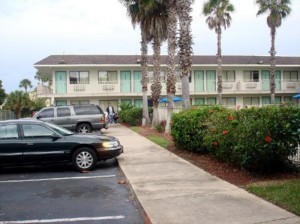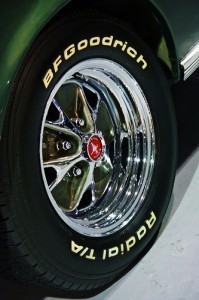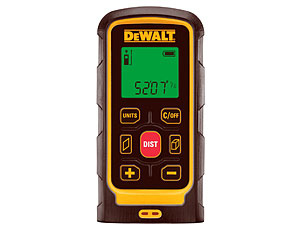Dimensions of a Parking Space
A parking space is commonly found within a parking lot or a parking garage.  Of course, it can also be found along a city street as well as many other places that are designated for the primary purpose of parking vehicles. Each space is usually marked with three lines, one on the right, the other on the left and another line at the top. White paint is commonly used to mark these lines. Parking spaces may be arranged with an angle, perpendicularly or in a parallel manner. Aside from these interesting facts, it is also good to know the dimensions of a parking space.
Of course, it can also be found along a city street as well as many other places that are designated for the primary purpose of parking vehicles. Each space is usually marked with three lines, one on the right, the other on the left and another line at the top. White paint is commonly used to mark these lines. Parking spaces may be arranged with an angle, perpendicularly or in a parallel manner. Aside from these interesting facts, it is also good to know the dimensions of a parking space.
The Different Sizes of Parking Spaces
The average size of a parking space is 320 square feet or 30 square meters. However, there are also other sizes available, one of the most common of which is 270 square feet or 25 square meters. These sizes include the landscaping or end of aisle areas, the circulation areas and the parking space. For perpendicular or angled parking spaces, the length is commonly 16 feet to 18 feet or 4.9 meters to 5.5 meters. Meanwhile, the standard width is 7.9 feet to 9 feet or 2.4 meters to 2.75 meters. Some other versions of this type of parking space measure between 7.5 feet and 10 feet or 2.3 meters and 3.2 meters.
For parallel parking spaces, the standard width is 7.9 feet or 2.4 meters while the standard length is 20 feet or 6.1 meters. They are usually marked 6.9 feet to 7.9 feet or 2.1 meters to 2.4 meters wide. Inclusive of the entry and exit maneuvering, the standard length ranges from 22 feet to 26 feet or 6.7 meters to 7.9 meters.
Additional Facts and Other Interesting Details
In the United States, details about curb markings are specified in the Manual of Uniform Traffic Control Devices. Some local highway agencies use special colors for such purposes. The main reason behind this is to supplement the standard signs for the overall improvement of parking regulation.
The state of California uses different kinds of colors for this particular purpose. For passenger drop off or pickup, the usual color is white. For parking spaces that are limited by time, the designated color is green. For loading, the assigned color is yellow. For disabled individuals using proper vehicle identification, the appropriate color is blue. For emergency vehicles, the red curb means no parking, no standing and no stopping. To indicate a no parking zone, the curb is commonly marked yellow.





